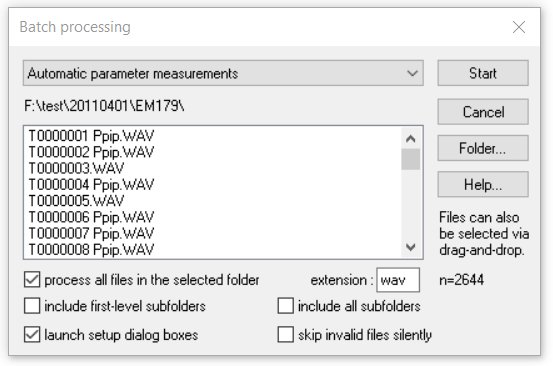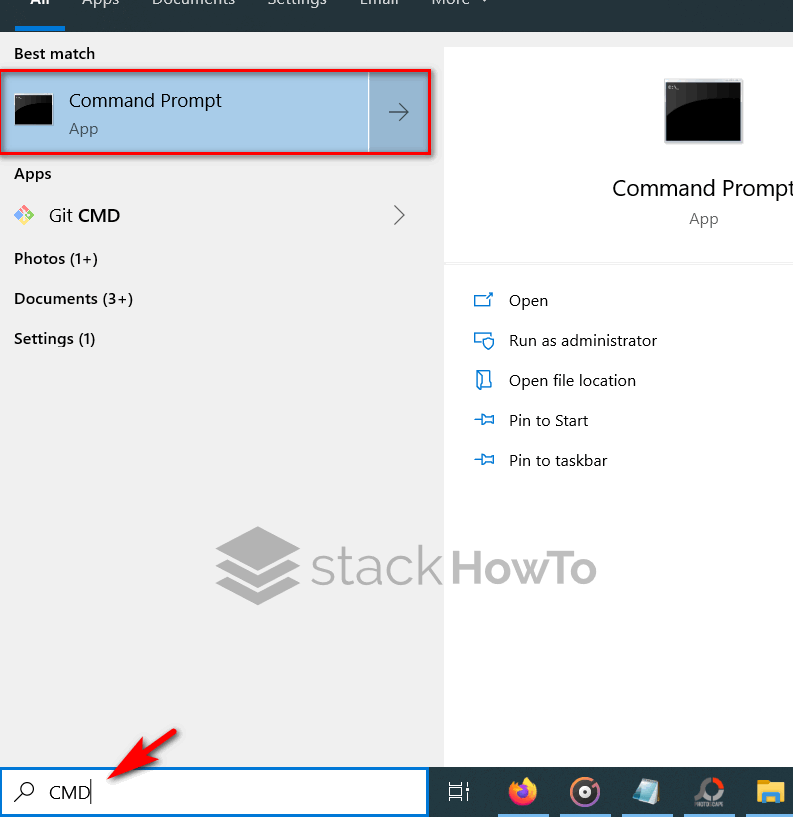
- #Batch file to list directory contents how to
- #Batch file to list directory contents full
- #Batch file to list directory contents series
This guide is a quickie on how you can use a batch file to retrieve asset. Hidden files are designed to be used by operating system. dir /A:-D List Only Files List Only Hidden Files. This option actually negates so this will list non directories which is equal to files. We will list only files with /A:-D option like below.
#Batch file to list directory contents how to
It will send the contents of the current directory to the printer, which will print it (if connected to the lpt1 port.). 7-Zip: How to list contents of a folder and subfolder of zip files without. Another use case for dir command is listing only files.

For example, MEM > myfile.txt will save the current system memory information in the file myfile.txt: It's even possible to direct the standard output of the DIR command and send the result directly to a printer. For example, MEM > myfile.txt will save the current system memory information to the file myfile.txt. When you use this command with the DIR sign, nothing will appear on the screen, since the idea of the command is to save the result in a text file instead of displaying it. This replaces the line endings with a comma before passing on the list to echo the last part gets rid of the command at the end of. The following commands works around that: ls -1p grep -v / sed 's//, /g' xargs echo sed 's/,//g'. All files and directories of a task are owned by the task user. This working directory can be used for storing the program that is run by the task, the data that it processes, and the output of the processing it performs.
#Batch file to list directory contents full
However, the following command gives a list of the files with their full path and an automatic path to the subdirectories and is more compact:Īs you may have noticed, the DIR command shows the contents of the directory on the screen, while the > sign in simple terms means: everything to the left of the sign will be shown/saved in that which is to the right of the sign. As Jim L pointed out in a comment, the above commands only work for file names that don't contain spaces. In Azure Batch, each task has a working directory under which it can create files and directories.

The previous method lists the files in a directory with all of their details, but has the disadvantage of adding two lines of presentation to the directory at the beginning of the result and two lines with the sum of the total size of the files and their number at the end. This symbol has the same function as the > sign, but does not delete the file contents, but rather adds the result obtained by the command. The following example list folders and subfolders names with full path. Example 1: Batch File To List Folders and Subfolders. It allows triggering the execution of commands found in this file.

#Batch file to list directory contents series
If you want to include the contents of more directories in the same file, just execute the DIR command and for each subsequent directory, use the > sign. The batch file contains a series of DOS (Disk Operating System) instructions. This can be achieved by using the > address sign. In MS-DOS (or in Windows from the command prompt) it is possible to send the information obtained by the DIR command to a text file instead of displaying it on the screen. How to list contents of a directory in a file?


 0 kommentar(er)
0 kommentar(er)
